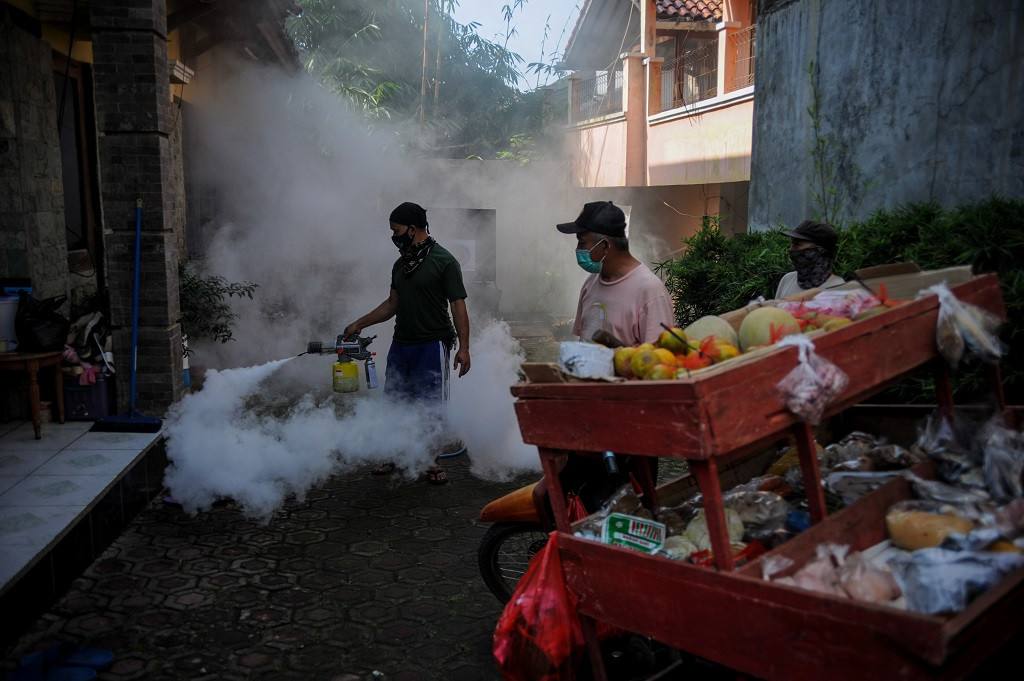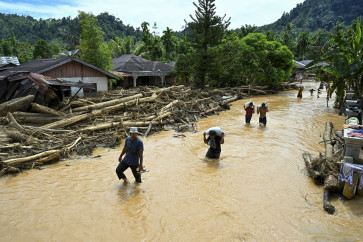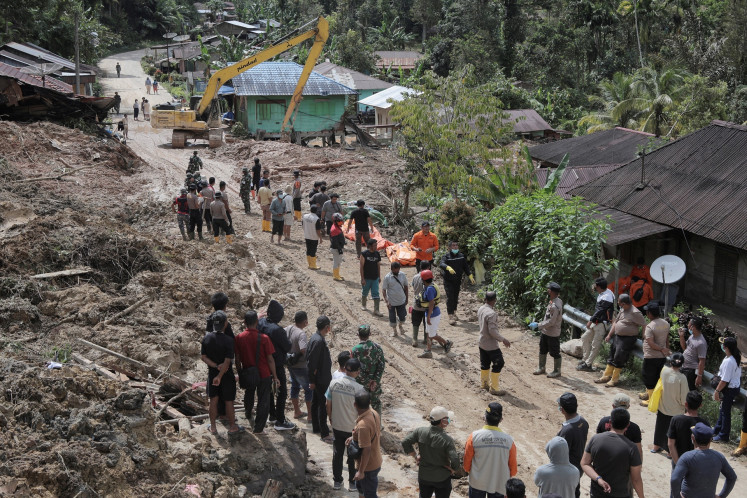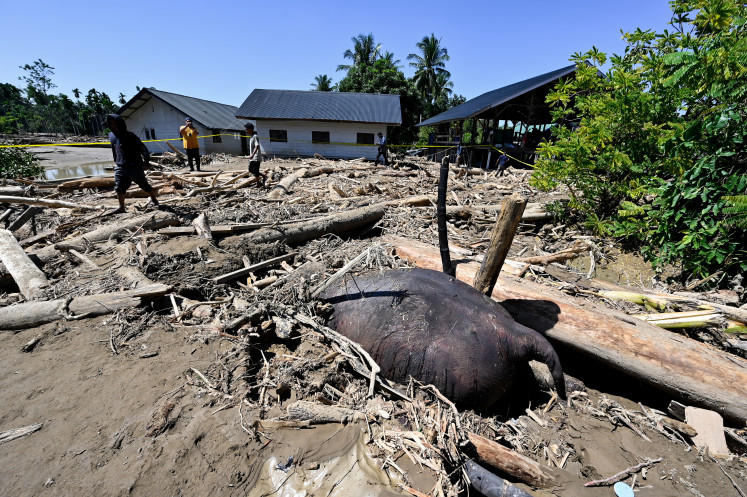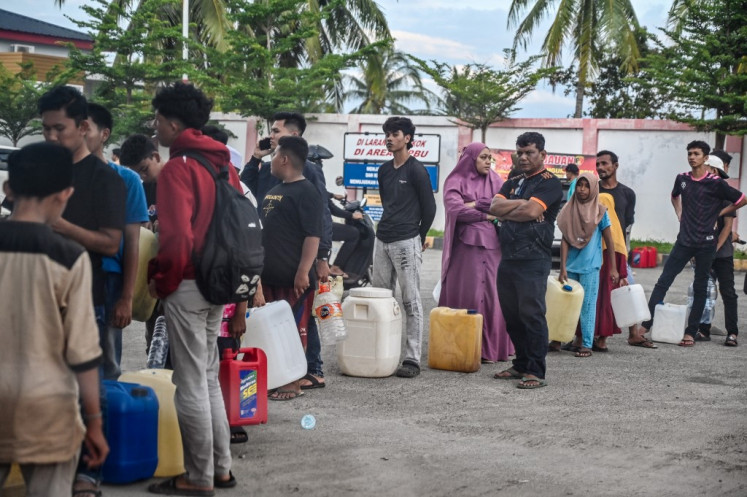Popular Reads
Top Results
Can't find what you're looking for?
View all search resultsPopular Reads
Top Results
Can't find what you're looking for?
View all search resultsRain or shine, deadly mosquitoes are on the move
Hotter temperatures and heavy rainfall arriving with climate change are the perfect breeding ground for Dengue-spreading Aedes mosquitoes.
Change text size
Gift Premium Articles
to Anyone
W
hile many people enjoy warmer temperatures, basking in the sun, so does the dengue-spreading Aedes mosquito. It thrives well in temperatures ranging from 20 to 30 degrees Celsius. Higher temperatures mean increased biting rates by female Aedes mosquitoes, increasing the risks of disease transmission. The same higher temperatures speed up the spread of the viruses the mosquitoes carry.
Both increased temperatures and rainfall stemming from climate change will expand the geographical distribution of dengue — increased temperatures shorten the mosquito breeding lifecycle, and more rainfall delivers more places for mosquitoes to breed and the humidity they need to thrive. Researchers in Malaysia are now trialling home mosquito traps to help stem the problem after other methods like spraying became less effective. The traps are filled with an eco-friendly pesticide that reduces fertility. Female mosquitoes then spread the pesticide and offspring are reduced. It's a solution that has already proven effective in Brazil.
The trap is made of inexpensive polyethylene and operates without electricity or any additional extensions. Its design is based on a gravity-fed watering system that effectively dispenses a trap solution for up to two months. With further refinement, scientists anticipate the system will drive down the Aedes population and indirectly reduce dengue transmission.
Dengue already affects half the world’s population, but how climate change will end up affecting its spread depends on many factors. One recent study predicted there would not be any significant spread of dengue in Europe over the coming decades. Although the predicted temperature rise will be suitable for Aedes mosquitoes, the projected reduction in rainfall and relative humidity do not support the increase of the Aedes population.
And yet the total number of people at risk of having dengue is 6.1 billion by the year 2080. This is likely due to the rapid population growth in the already endemic areas of dengue which will certainly increase the public health burden and services in those regions.
Landscape changes, urbanisation, human movement and displacement, travel and trade are all important factors that need to be considered in the dengue prevention and control programme. The interplay between climate variables, socioeconomic and public health determinants is very complex and dynamic.
Poor environmental sanitation, unplanned urbanisation, unsatisfactory solid waste management, limited provision of safe water all increase the risks for dengue outbreaks. International travel and trade are also major drivers of the geographical expansion of dengue.
Malaysia’s Ministry of Health has moved to strengthen dengue surveillance, rapid responses to outbreaks and supporting dengue research for innovation and community mobilisation.
It has also increased communication with other stakeholders for example with the local council, solid waste management, and construction site management teams as these sites are known as an attractive breeding ground for mosquitoes.
Key factors for successful and sustainable control of dengue transmission include improved and effective surveillance systems, effective vector control with strong coordination between all stakeholders, increased awareness of dengue, especially among policymakers and the local community, and development of accurate, timely and efficient early warning systems.
It will take new tools and strategies to combat an unpredictable foe.
---
The writer is an associate professor at the Universiti Kebangsaan Malaysia (UKM), specialising in public health, environmental epidemiology, and health impacts of climate change.
The author declares no conflict of interest.
Originally published under Creative Commons by 360info™.

